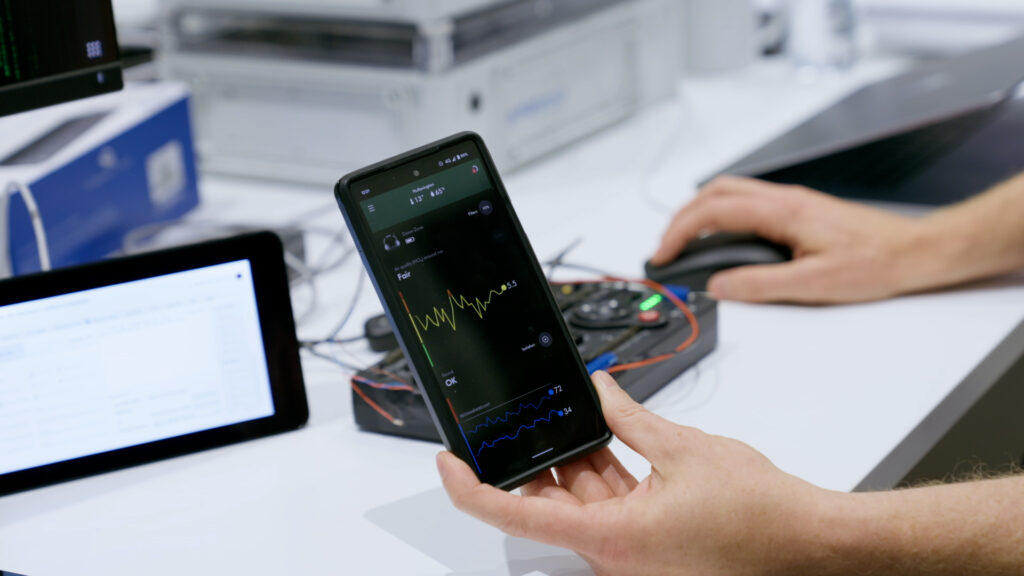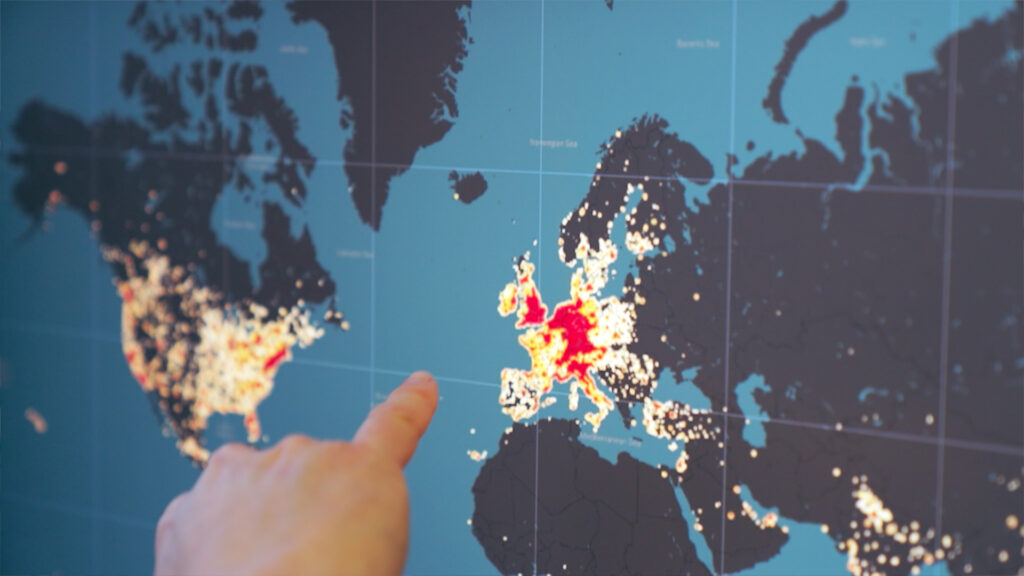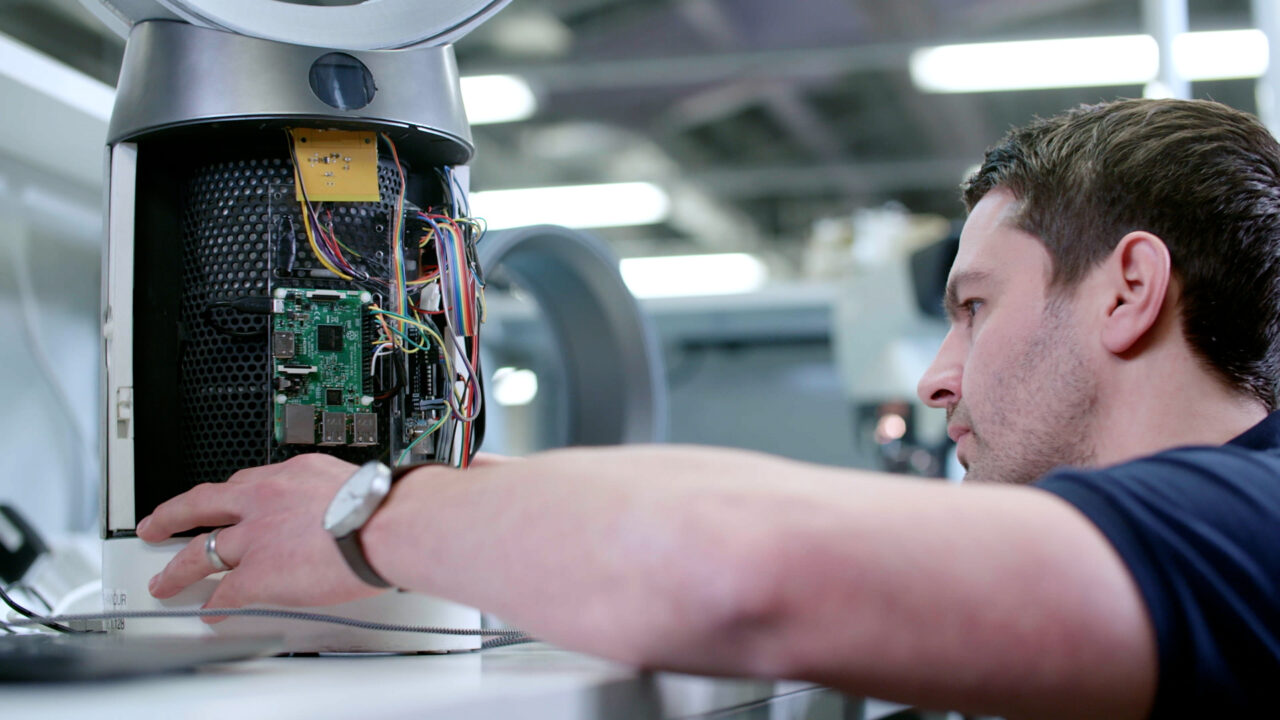I Dyson devices they are always becoming more intelligentthanks to the use of a myriad of sensors, electronics, control systems and levels of software code.
Dyson smart devices
This added value to the most famous home and personal care devices in the world is made possible thanks to the Dyson engineerswho are working on a new generation of products that are not only smarter, but capable of self-improvement.
Simultaneously, the company stands strengthening the software teamas announced by Jake Dyson, Chief Engineerin un in un video YouTube.
But how can these devices get even smarter and even better themselves? Thanks to one sophisticated technology which the Dyson team has been working on since 2012.

An example of this device revolution is the i air purifiers and with the last Dyson vacuum cleaners:
- i received they detect and capture pollutionby providing homeowners with information about the air quality in their homes and future product development;
- the vacuum cleaner Dyson Gen5 Detectinstead, counts and measures microscopic particles providing an accurate assessment to the user, as well as indicating areas of dust and dirt on the floor.
The devices, therefore, become more and more intelligent, demonstrating the ability to self-identification and problems, correct them e solve them.
“Software and data science are not just a gimmick or a useless feature. It’s about pursuing a purpose and making people’s lives easier: we take care of the product without you having to worry about it” he says Jack Dysonwho continues “We have invested in our laboratories and campuses in the UK, Singapore, the Philippines and Poland for our growing engineering team working on smart and sustainable technologies, with a horizon of 15 years”.
In fact, in the past, the software team only dealt with the monitoring of individual componentsbut after 10 years he began to focus on all the features of Dyson technologyin an action that is proving to be successful.
Dyson’s focus has changed over time
Integrated software, app and cloud development and layers of software built into Dyson products help you get it done sophisticated operations that go beyond mere mechanics.
Suffice it to say that with the first Dyson vacuum cleaner you could only turn on the engine, now, especially with the newcomer Gen5 Detectthese devices are able to know battery life and adjust energy consumption based on the type of floor, thanks to a multitude of integrated sensors, electronic components and software.
For example with the robot Dyson 360 Heurist, users are free not to have to vacuum anymore because the robot does it for them; or again, the app MyDyson offers customers product-related benefits and personalized tutorials, as well as Dyson’s efforts to broaden its capabilities with data science, which is essential for Dyson air purification and science.
Roland Krueger, Chief Executive Officer di Dysonsaid: “Dyson is in the throes of implementing its £2.75 billion five-year investment plan, expanding into the UK, Singapore, Asia, Europe and America.
In November 2020, we announced plans to invest in new technologies such as energy storage, robotics, machine learning and e-commerce. We are keeping our promise.
These investments will lay the foundation for expanding our product categories and creating new product areas for Dyson. Our Drive to Digitalisation, with a focus on software expertise across the company, is a core element of these investments and will be instrumental in writing a new chapter for Dyson.”
Dyson devices against pollution
Il Dyson’s first connected air purifier was released 6 years ago, allowing customers to monitor the air quality in their homes in real time. Since then these devices have collected data on indoor pollution from around the worldgiving birth to a new generation of devices and knowledge about air quality in the home.
This data is very important to Dyson engineers, making them the first and only ones in the world capable of alert people to polluting events in their local areassuch as fires or sandstorms, based on data from Dyson purifiers.

In fact every day there are approx 200 million reports on air qualitythus providing a valuable foundation for future research and personal exposure education.
Dyson Zone
The upcoming Dyson Zone will use this technology to monitor and purify the air. Thanks to a connection with the app MyDyson will provide:
- real-time data on air quality and noise pollution;
- weekly reports on pollution trends;
- education and empowerment of people to take meaningful action to reduce exposure to pollution.
Dyson also works with research organizations and academic institutions to improve the understanding of air quality globally. In 2019, Dyson engineers developed one connected backpack for air quality as part of the Breathe London Wearables project.
250 students wore backpacks to monitor exposure to pollution on the streets of London, with an excellent result. For example the 31% of the participating children he changed his route towards school to minimize exposure to pollution.
Smart backpacks are currently used in the Sub-Saharan African countries – such as Ghana, Malawi, Nigeria, South Africa, Tanzania, Uganda and Zimbabwe – within the HOOD projectled by Queen Mary University of London to analyze the percentages of African children with asthma.















Leave a Reply
View Comments